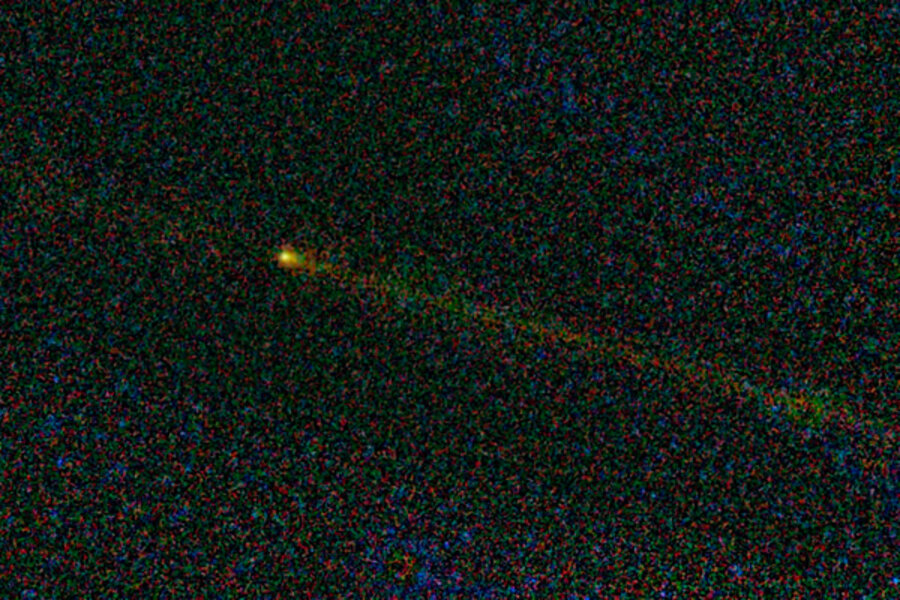Comet Hartley 2 to swing by Earth Wednesday
Loading...
This week a fairly bright comet is visible in the northeastern sky and makes its closest approach to Earth tomorrow (Oct. 20), though it may be difficult to spot without clear conditions well away from city lights.
For a few nights at mid-week, Comet 103P/Hartley 2 will be perfectly placed in the bright circle of stars that form the constellation Capella.
This sky map shows where to look to spot the comet, weather and lighting conditions permitting. Binoculars or a small telescope are advised to obtain the best viewing conditions.
Space photos of the day: Comets
Rare comet encounter
Bright comets are rare, perhaps one every three to five years. It's impossible to tell far in advance how bright a comet may be.
Comet Hartley 2 was discovered by Australian astronomer Malcolm Hartley 24 years ago. It's only in the last few days that it has become bright enough to be spotted with binoculars or the naked eye.
This SPACE.com Comet Hartley 2 skywatching guide describes how to see the celestial event.
It is best viewed with 10x50 to 20x80 binoculars from a dark sky location. If using a telescope, choose the lowest magnification possible.
Like the famous Halley's Comet, Comet Hartley 2 is a periodic comet that follows a years-long loop around the sun. It takes 6.46 years to complete one circuit, compared with Halley's 75.3 years.
Comet's close approach
Unlike some comets, Hartley 2 never crosses the Earth's orbit, so it is high in the night sky when it makes its closest approach. It will be closest to the Earth on Oct. 20 at 3 p.m. EDT (1900 GMT), and closest to the sun on Oct. 28.
At its closest, Comet Hartley 2 will be only 0.12 astronomical units (11 million miles, or 18 million km) from the Earth.
Because we are seeing this comet pretty much "head on" with the sun behind us, it has little or no detectable tail. It appears as a large diffuse glow in the sky. [New Photos of Comet Hartley 2]
On Nov. 4, this comet will have a visitor from Earth, when the probe Deep Impact does a flyby. It will pass only 435 miles (700 km) from Comet Hartley 2.
Space photos of the day: Comets
- Video Sky Map: How to Spot Comet Hartley 2
- Astrophotography Telescopes for Beginners
- Comet Passing Near Earth Offers Dim View So Far
This article was provided to SPACE.com by Starry Night Education, the leader in space science curriculum solutions.





